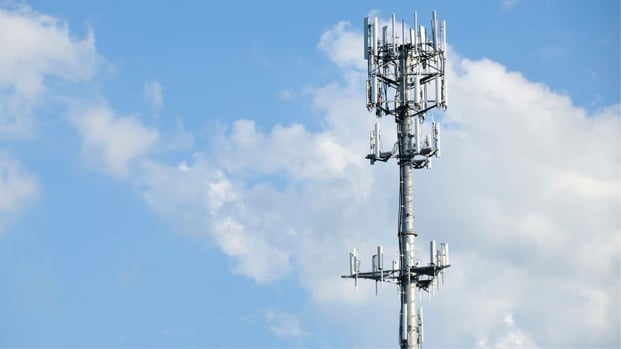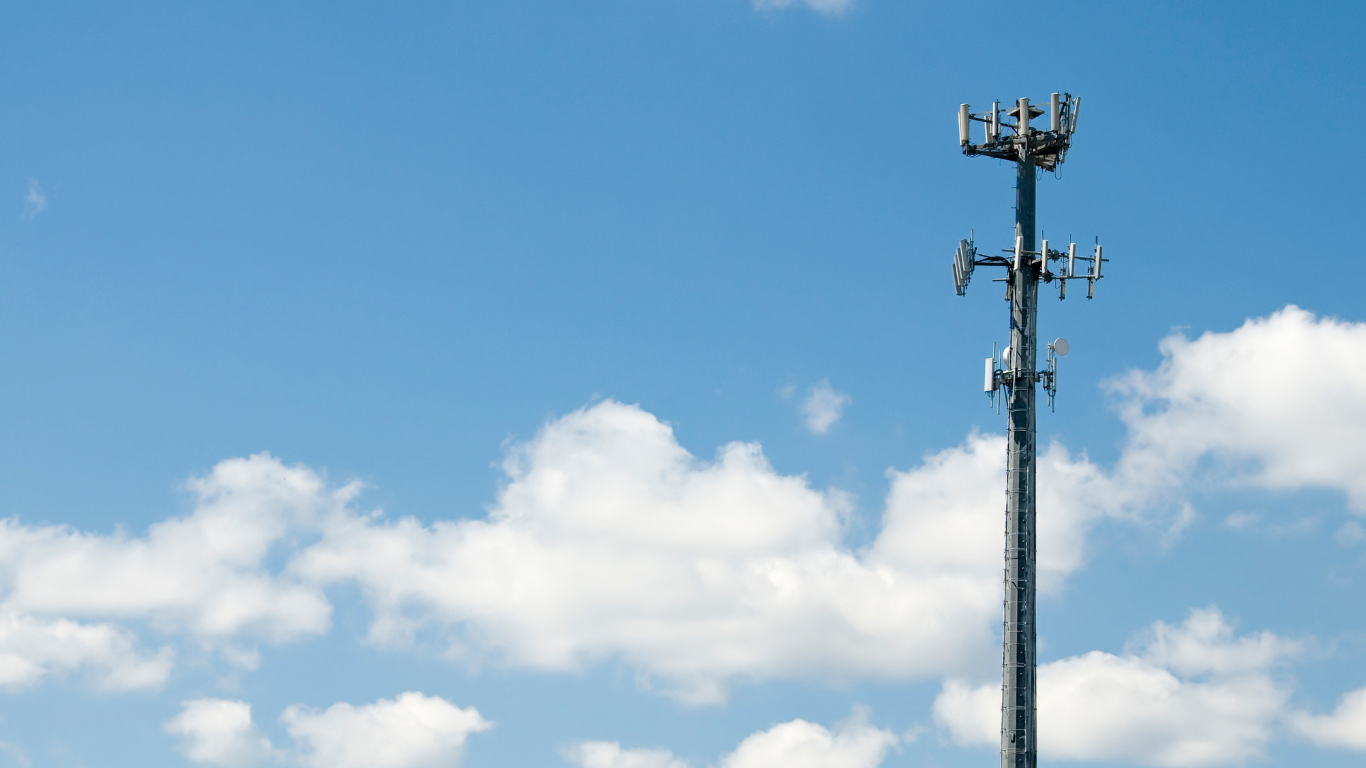The 3G Shutdown and 4G Struggles: What Went Wrong During the 2024 Harvest?
 Abagael Higgs Mar 19, 2025
Abagael Higgs Mar 19, 2025

For many Australian farmers, the 2024 grains harvest season came with an unexpected challenge—mobile connectivity issues that made an already intense time even harder to manage. The shutdown of 3G networks happened at the worst possible moment, right at the start of harvest, leaving many regions struggling with 4G/LTE that simply couldn’t keep up.
While 4G was expected to take over, the reality on the ground was different. Many farmers noticed that areas with previously “workable” 4G coverage saw severe drops in service once harvest began. But why did this happen?
The 4G “Breathing” Effect—Why Coverage Collapsed
One major reason is a phenomenon called cell “breathing” in 4G networks. This happens because mobile towers dynamically adjust their coverage area based on network demand.
When there are fewer users, a tower can cover a larger area. But during harvest, there’s a huge surge in users—seasonal workers, precision ag data from headers, ticketing at mother bins, trucks transmitting location updates, and more. This heavy load forces the network to contract its coverage area, prioritising users closer to the tower while those further away experience dropped signals and slow data speeds.
On top of this, telcos use automatic systems to prevent their networks from being overloaded. These systems, designed to maintain stability, can make it even harder for users in rural and remote areas to stay connected when demand spikes.
Why Didn’t 4G Handle the 3G Shutdown?
The 3G shutdown removed an important backup layer of connectivity, forcing all voice and data traffic onto 4G/LTE. Unfortunately, rural mobile infrastructure wasn’t built to handle this extra burden, especially during peak periods like harvest. Farmers who previously had reliable 3G service found themselves with little to no connectivity when 4G networks hit their limits.
Mobile networks have a fixed number of resources that must be shared among all users. The radio spectrum is finite, meaning there are limits to how much capacity can be added, even with efficiency improvements. While networks are designed to handle normal peak demand, short-term seasonal surges—like harvest—can push them beyond their limits. When demand spikes, the network prioritises stability, often at the expense of users in low-signal areas, leading to frustrating drops in connectivity.
What This Means for Australian Farmers
The reality is that telcos prioritise coverage based on population density, meaning that roads and towns get better service than the vast farmland where the work actually happens. When networks are stretched thin, users in low-signal areas—like many farms—end up at the bottom of the priority list.
Telcos use resource allocation algorithms to manage this demand, factoring in:
- Signal quality – Users in better coverage areas get better speeds.
- Data type – Video, voice calls, and browsing are each treated differently.
- Network efficiency – Some users may be slowed down to preserve overall stability.
While these systems help telcos maintain their networks, they don’t always work in favour of those who rely on rural connectivity the most—our farmers.
The Future of Rural Connectivity
The 2024 harvest exposed the gaps in rural mobile networks, making it clear that relying on standard mobile coverage alone isn’t enough for agricultural applications. Whether it’s for workforce coordination, ag-tech solutions, or everyday communication, connectivity is now as essential on farm as fuel and machinery.
Whilst 3G is not coming back anytime soon, there are a few key takeaways that will help you solve connectivity problems you may be experiencing at your property. Firstly consider the primary purpose of connectivity on your farm - do you want to make phone calls, keep in contact with farm workers or do you also want to connect agtech sensors and precision ag applications on your farm machinery? From portable Wi-Fi in vehicles to private farm-wide 4G networks and satellite solutions, there are a range of options at different price points to ensure farmers can stay connected—no matter the season. Secondly, speak to an agricultural communications specialist, they exist to provide reliable connectivity solutions tailored to farmers that work where telcos fall short.
If this year’s harvest left you frustrated with dropped calls and slow data, it’s time to take control of your farm’s connectivity. Get in touch to find a solution that works for you.
Related Articles
What NZ Farmers Need to Know About the 3G Network Shutdown
The 3G network is shutting down. What does it mean for your farm? New Zealand’s mobile providers are turning off their old 3G networks between late ...
Aquaculture and Fishery Connectivity Deep Dive series: The Power of Real-Time Water Monitoring
Ensuring optimal water conditions in an aquaculture operation is crucial for the health and growth of aquatic life. Parameters like temperature, pH, ...
Aquaculture and Fishery Connectivity Deep Dive series: Digital tools and smart boats
Digital Technology and precision techniques have swept their way through most industries and sectors, however, globally the fishing and aquaculture ...





